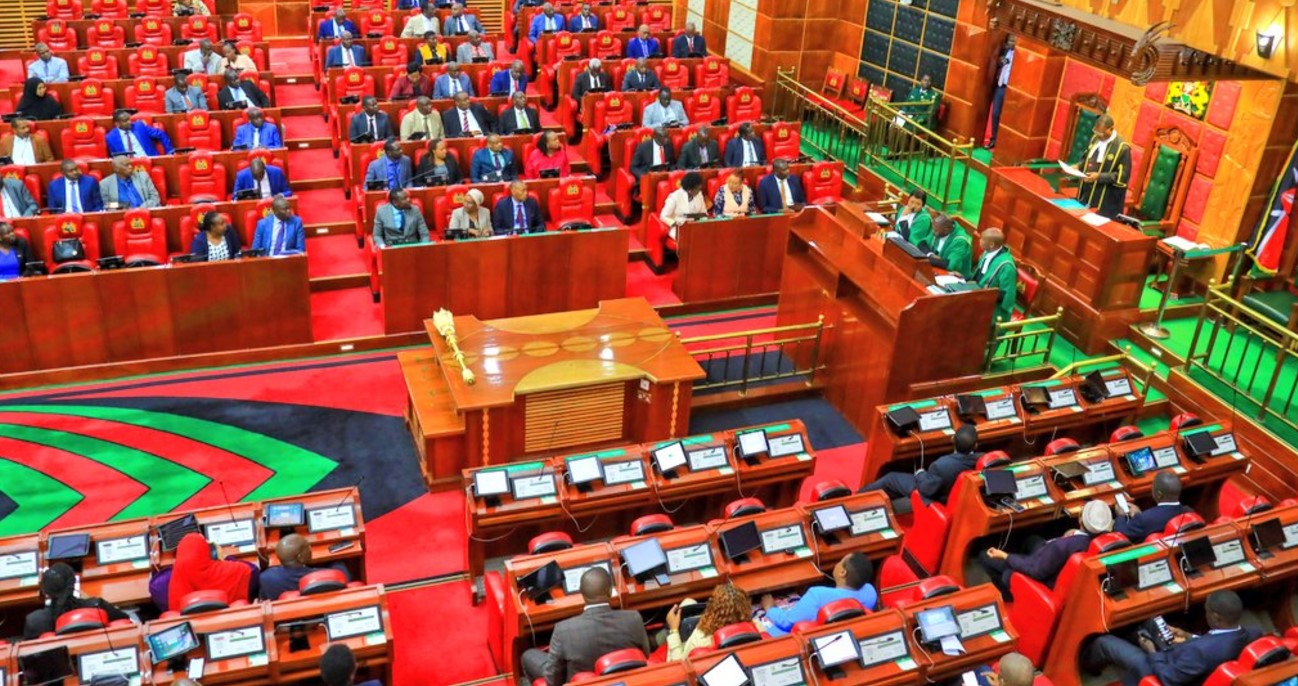Kenya tops EAC peers in tackling school dropout among adolescent girls- report

By Alfred Onyango |
The study report reveals that in Kenya, 72 per cent of adolescent girls aged 15-19 are currently in school, not employed, childless, and unmarried.
Over the recent past, Kenya has made significant strides towards achieving gender parity in education on a national scale, with a main focus on curbing the runaway adolescent girls' school dropout that has been a major concern to the endeavour.
Recent data from the World Bank, a global lender, reveals that the country has made significant strides in keeping adolescent girls in school, outpacing its East African Community counterparts.
Keep reading
Dubbed "The Prosperity for Adolescent Girls in Africa," the study report reveals that in Kenya, 72 per cent of adolescent girls aged 15-19 are currently in school, not employed, childless, and unmarried.
This ranks it the best among the EAC states, and the second best in entire Sub-Saharan Africa, behind South Africa whose (In school, Not working, No child, Not married) population profile stands at 74 per cent.
Ranking first in the EAC under the aforementioned profile, Kenya is followed by the Democratic Republic of Congo, Rwanda, and Uganda, with profile percentages of 47, 45, and 38 per cent, respectively.
Tanzania and Burundi have the lowest record of 36 per cent each.
Conversely, under the (Not in school, Not working, No child, Not married) profile, Kenya has the lowest record of 5.0 per cent.
Tanzania has the highest at 23 per cent, followed by Rwanda (16%), Uganda (9%), DRC (8%) and Burundi (6%).
Notably under the (Not in school, Not working, Child, Married) profile, Kenya has a record of 4.0 per cent of the total adolescent girls, ranking fourth highest after Tanzania, Uganda and DRC which have records of 7.0, 5.0 and 5.0 per cent, respectively.
Nevertheless, the report highlights that the number of adolescent girls in the country who are either married without children or not married with children stands at 9.0 per cent of the total adolescent girls.
As of this year, the Kenya National Bureau of Statistics estimates that there are approximately 2.7 million adolescent girls aged 15-19 in Kenya.
Generally, adolescent females (aged 10-19) in the country comprise 22.2 per cent or just about 5.9 million of the total Kenyan female population of 26.4 million.
Whether forced to leave school because of family circumstances, economic need, or conflict, the concern of more girls than boys falling outside the realm of secondary and tertiary education and finding themselves working low-skilled jobs or caring for a spouse or children before the age of 19 has been a pain in the back for many Sub-Saharan nations.
According to the lender, this is amid growing calls to invest in human capital and expand job opportunities for Africa's burgeoning youth population.
"In sub-Saharan Africa, over half of African girls aged 15 to 19 are either out of school, married, or have children," the report reads.
"Some countries succeed in delaying marriage and childbearing and maintain high levels of girls' education, while in others often affected by fragility and conflict, girls face very low rates of schooling and high rates of early marriage."
The World Bank estimates that the region is home to approximately 145 million adolescent girls today, and is projected to house up to a third of the world's adolescent girls by 2050.
Consequently, it is urging governments to increase their investments in girls' education and empowerment, which it says would lead to significant economic benefits and drive long-term growth prospects for countries.
It explains that for every dollar invested in empowering adolescent girls in Africa between now and 2040 through better access to education, healthcare, or economic opportunities, the potential economic return could exceed ten times the investment, with possible gains totalling $2.4 trillion.
Reader comments
Follow Us and Stay Connected!
We'd love for you to join our community and stay updated with our latest stories and updates. Follow us on our social media channels and be part of the conversation!
Let's stay connected and keep the dialogue going!
















